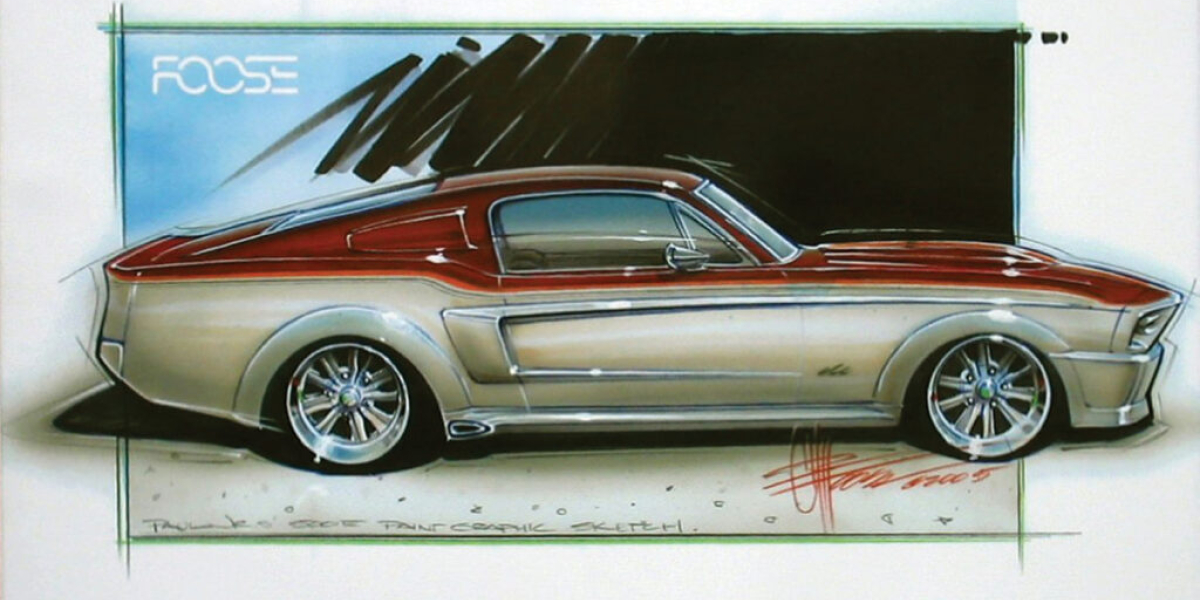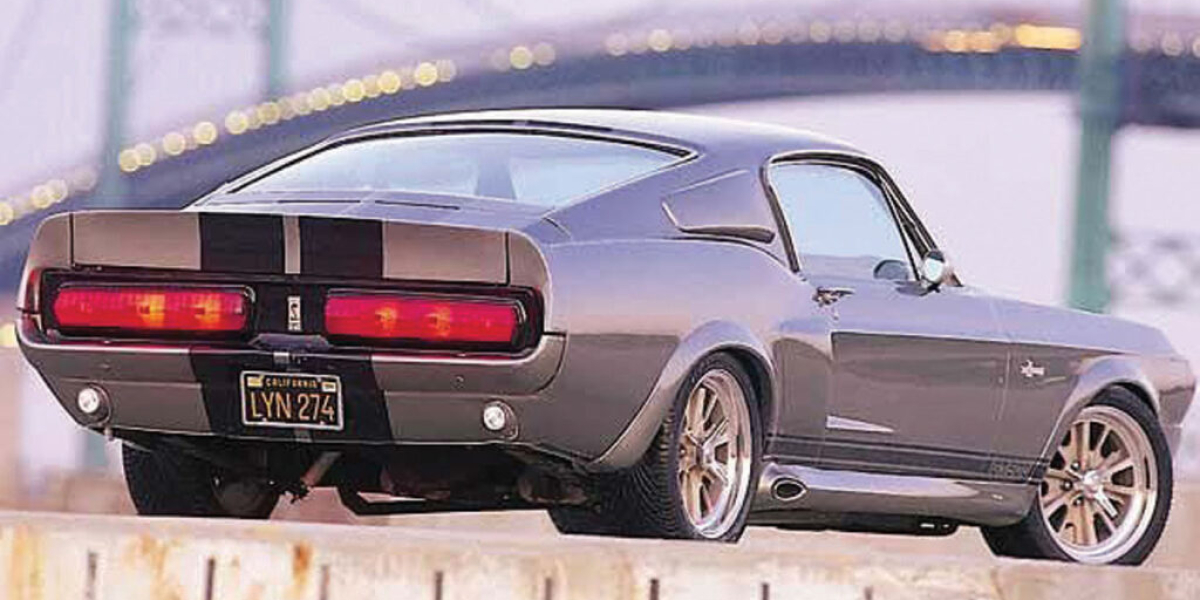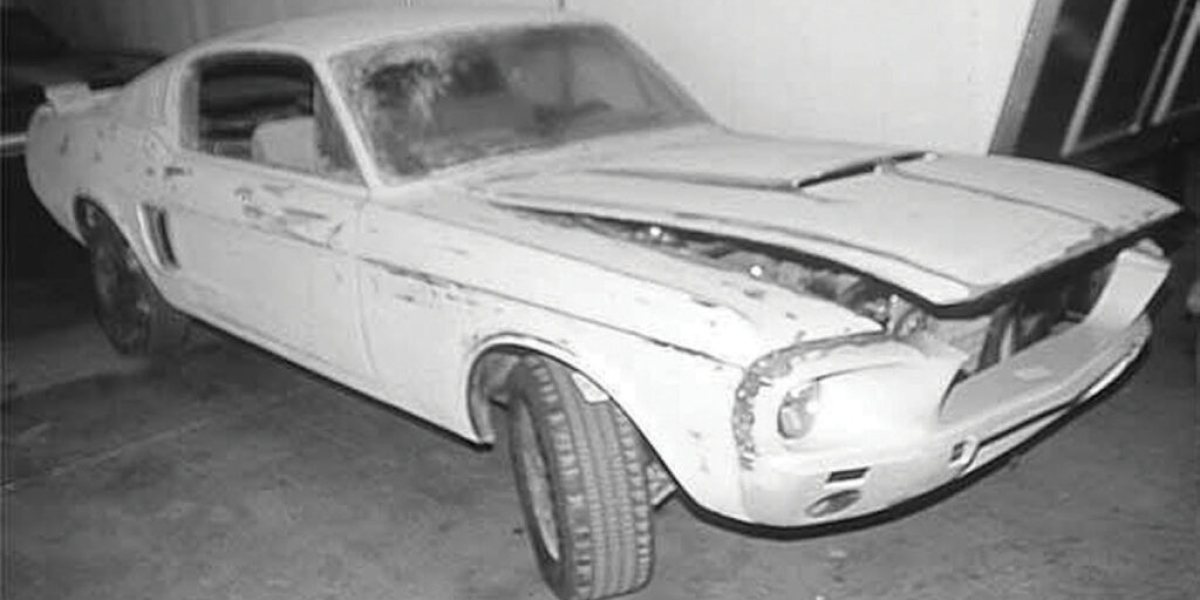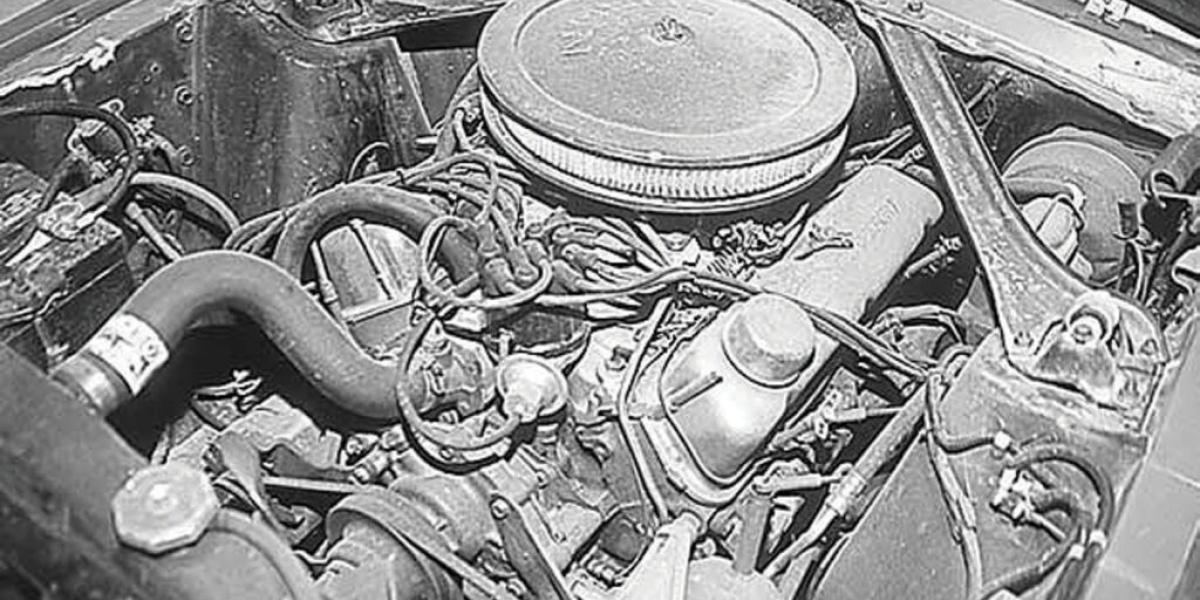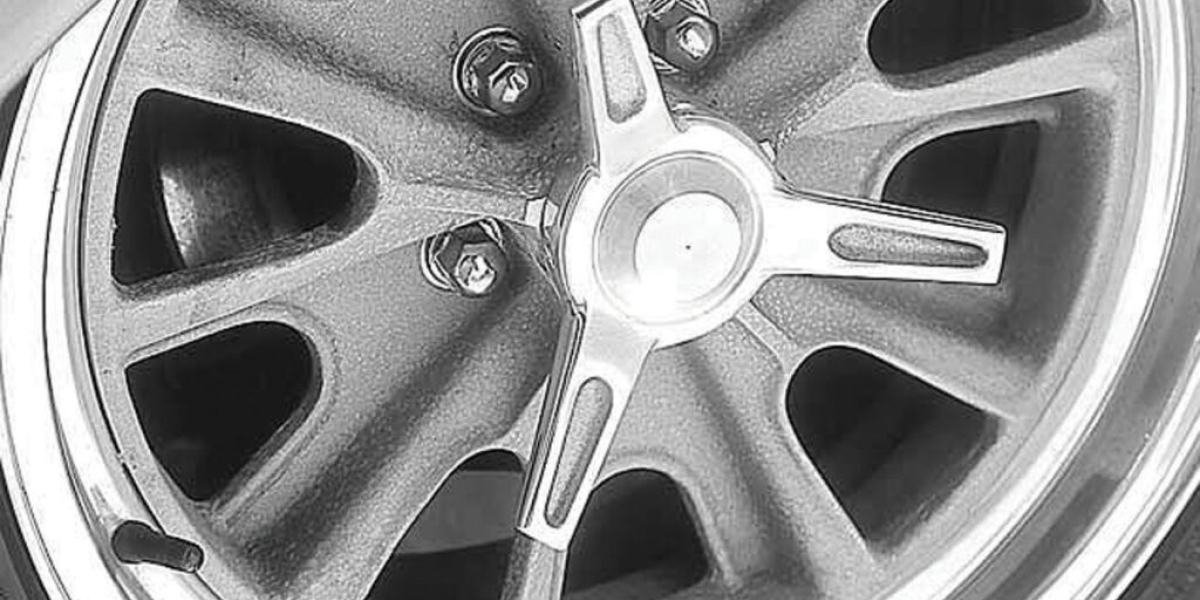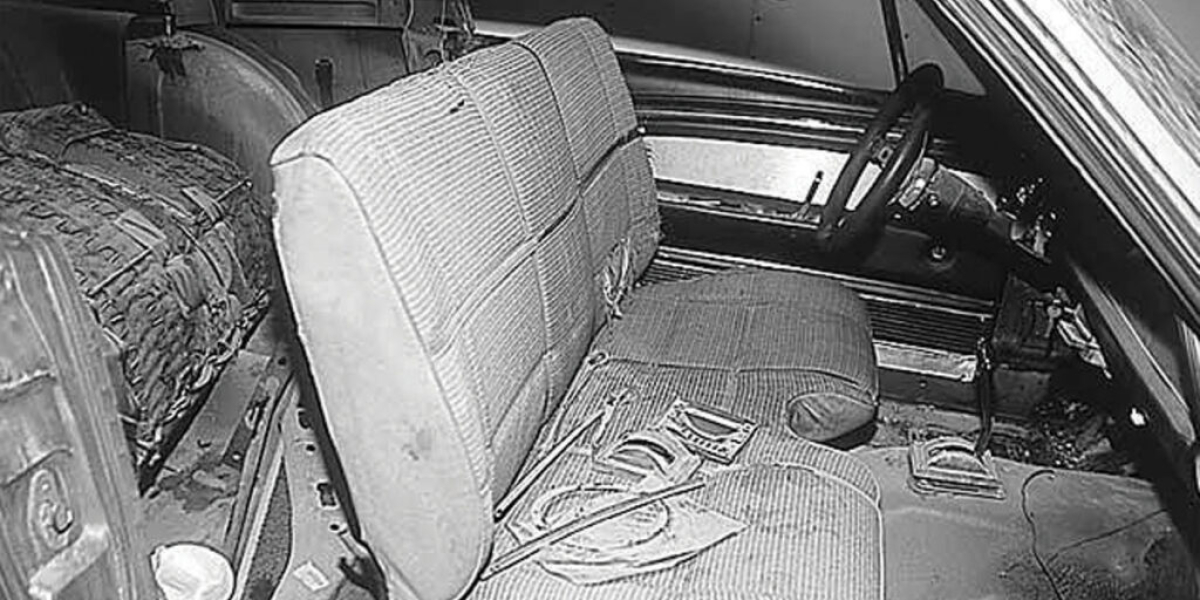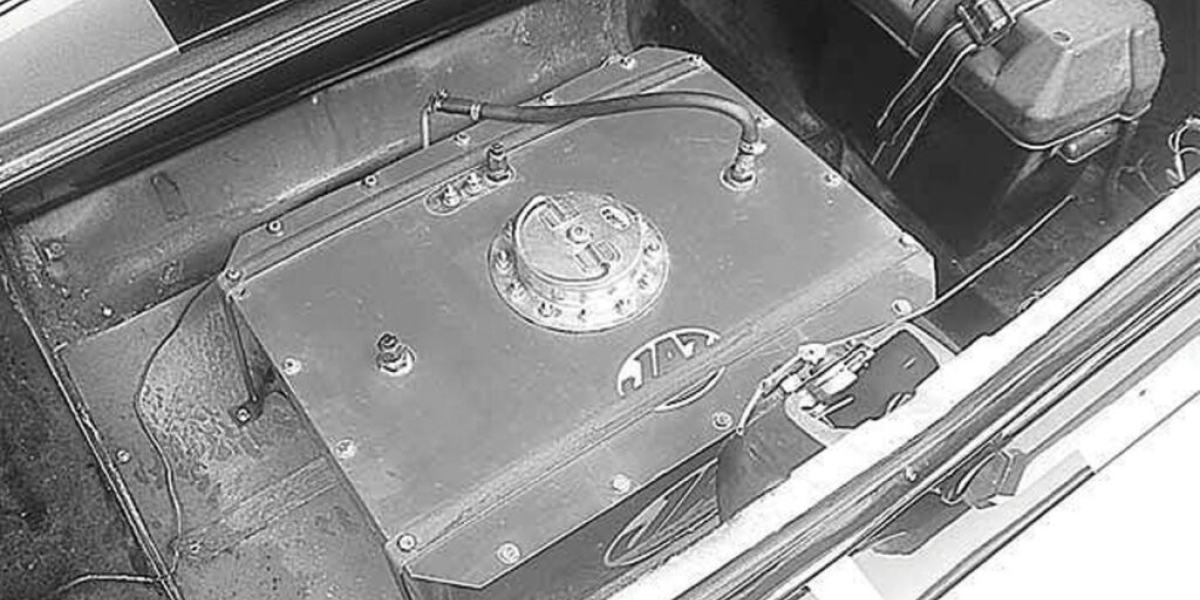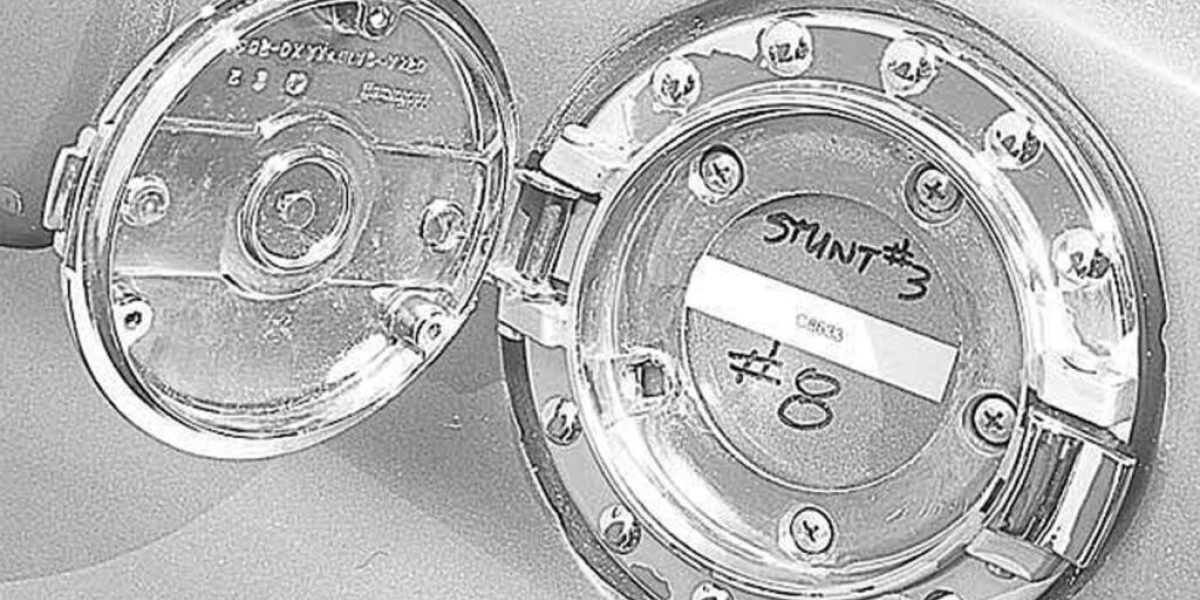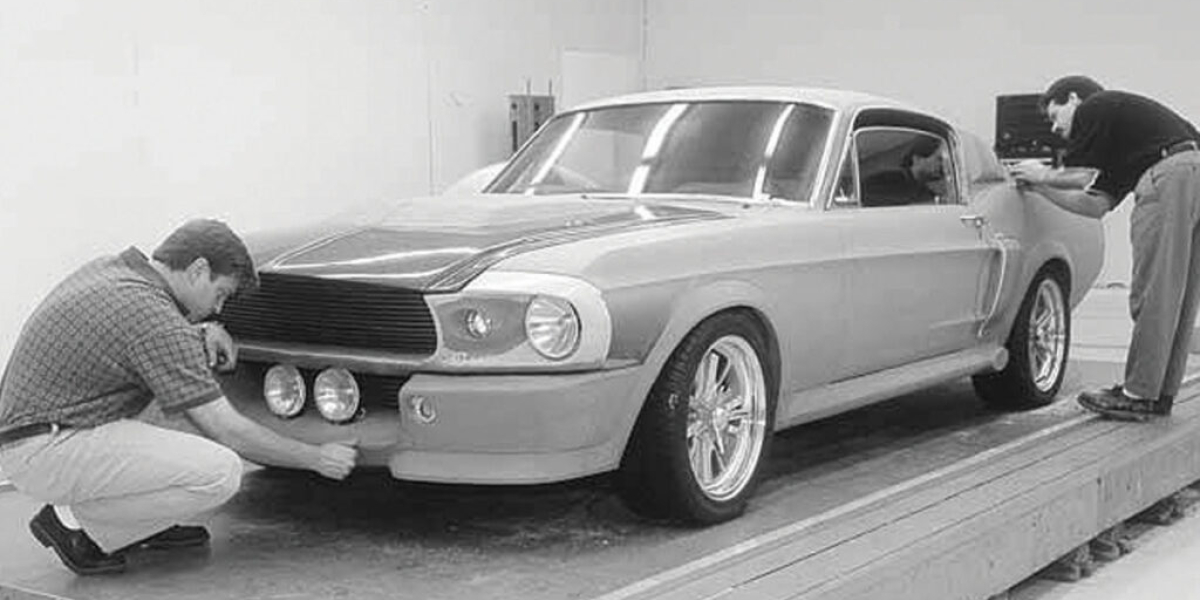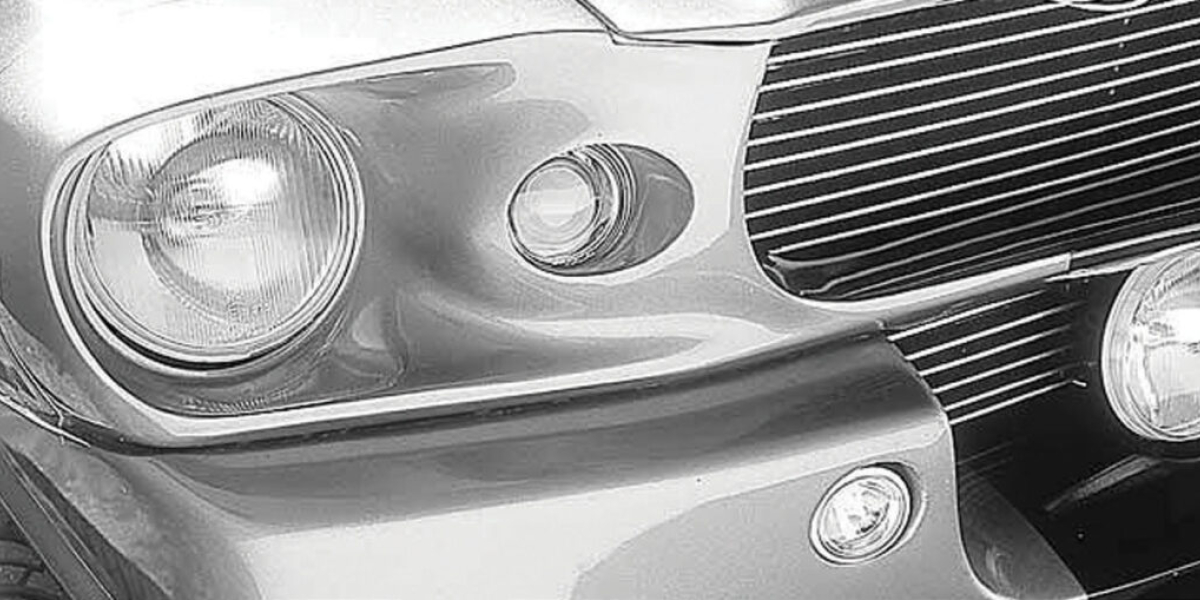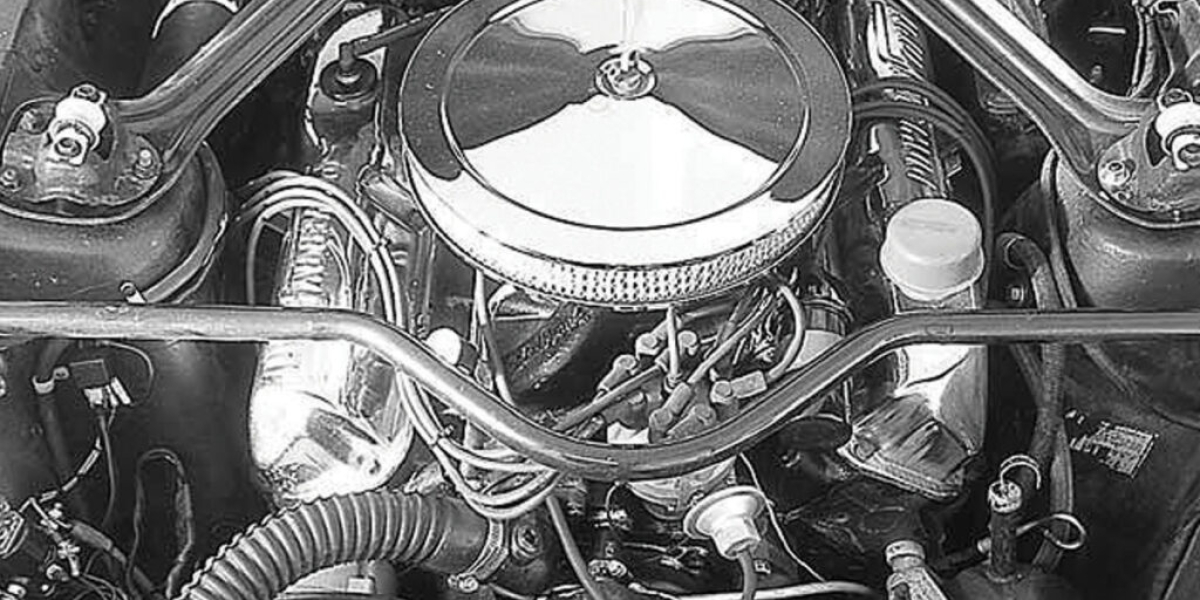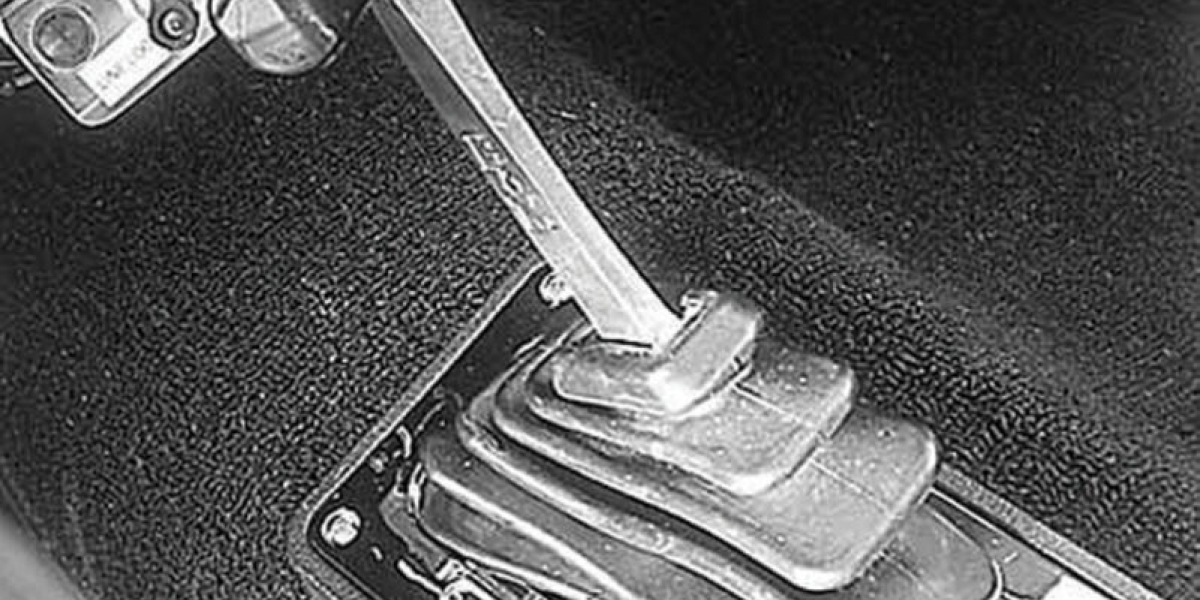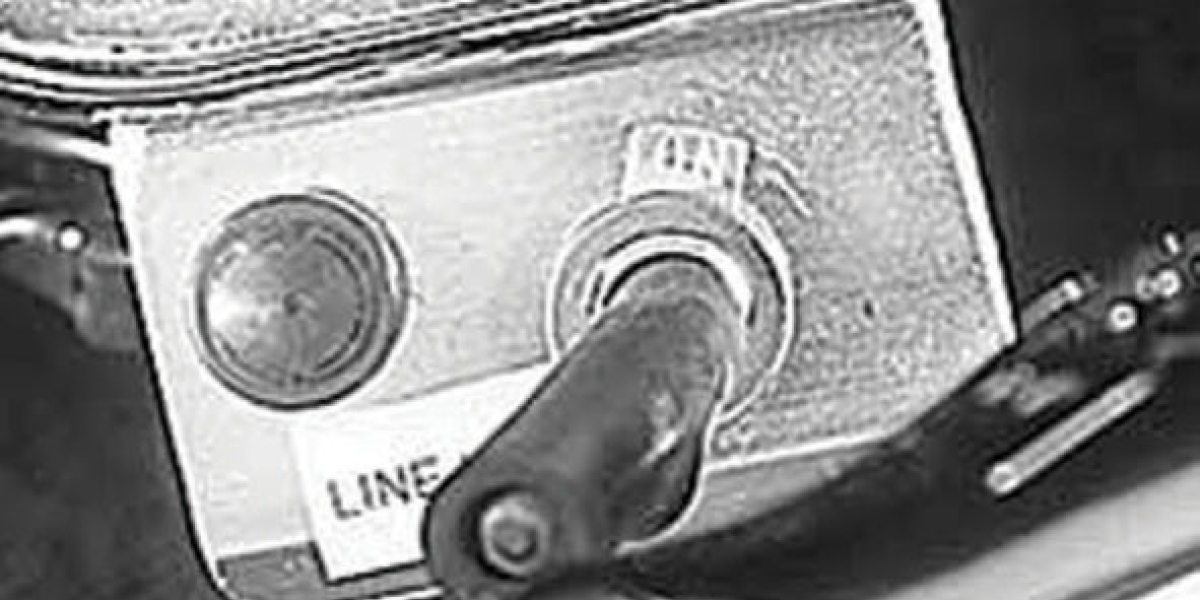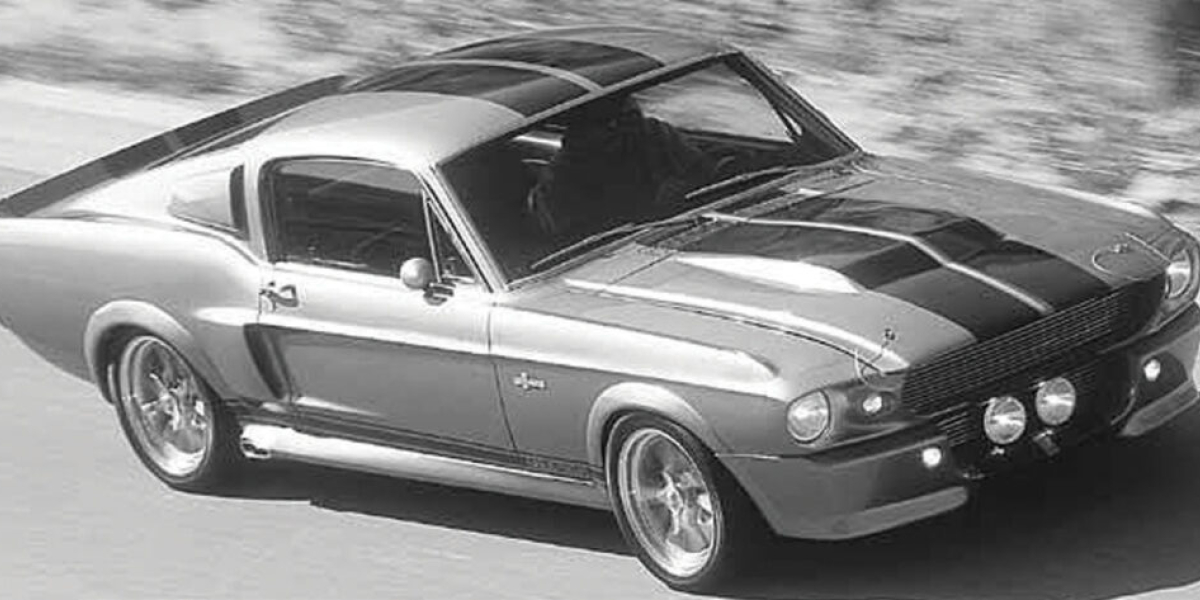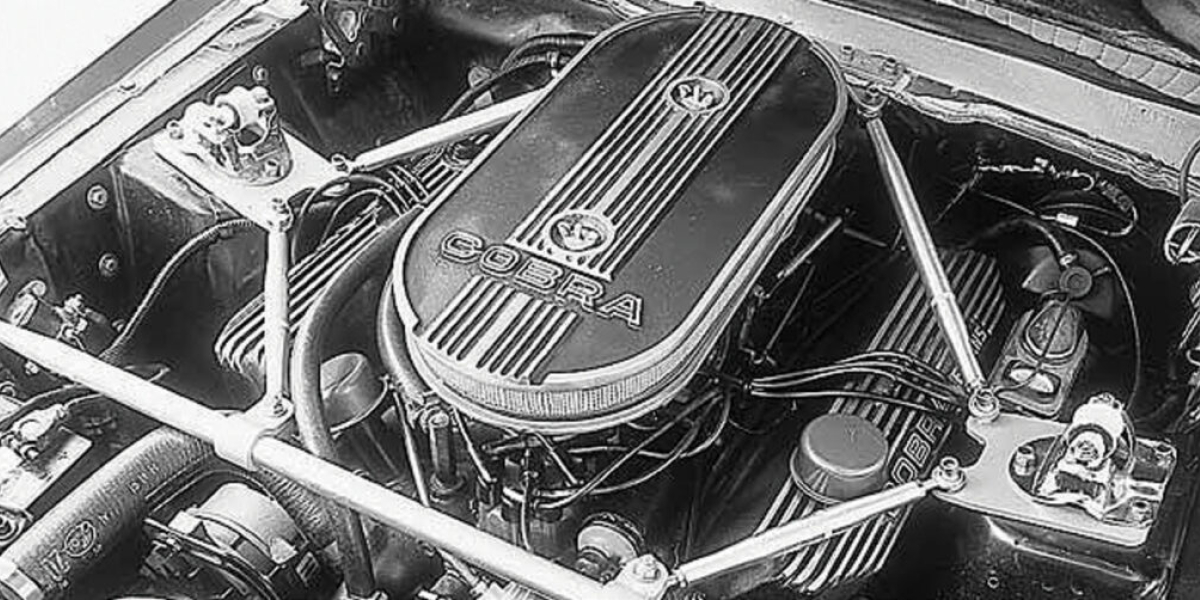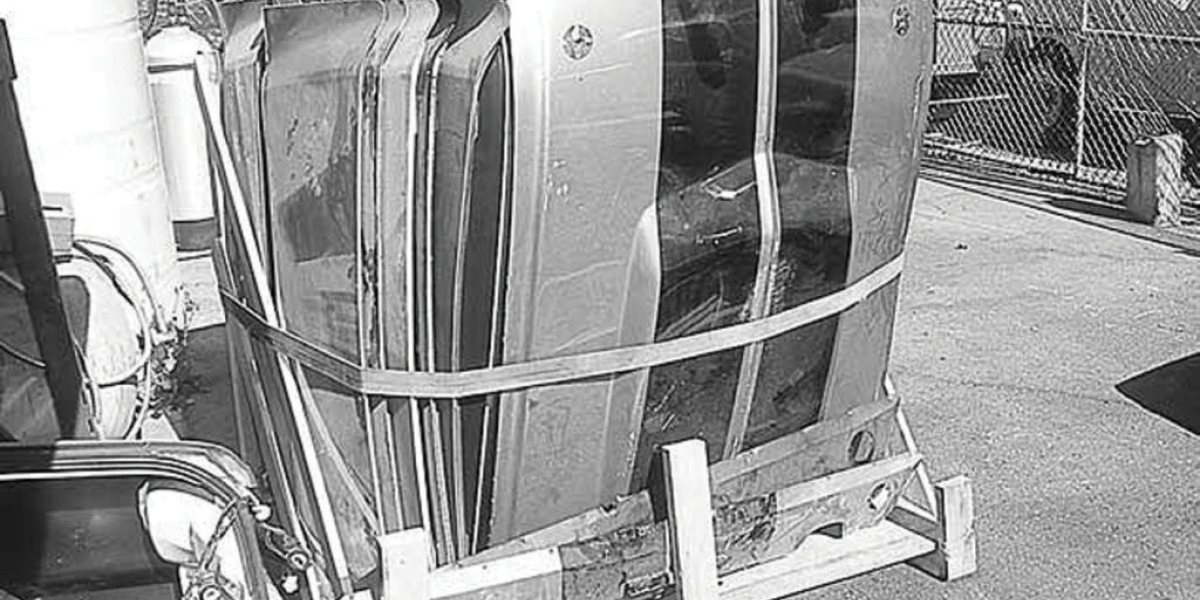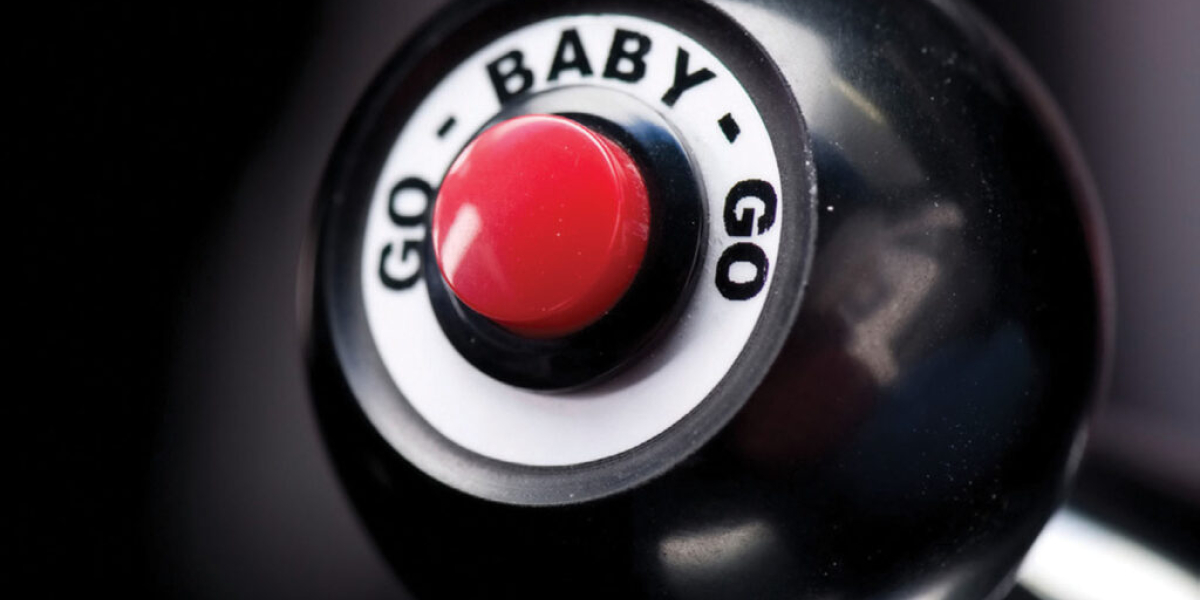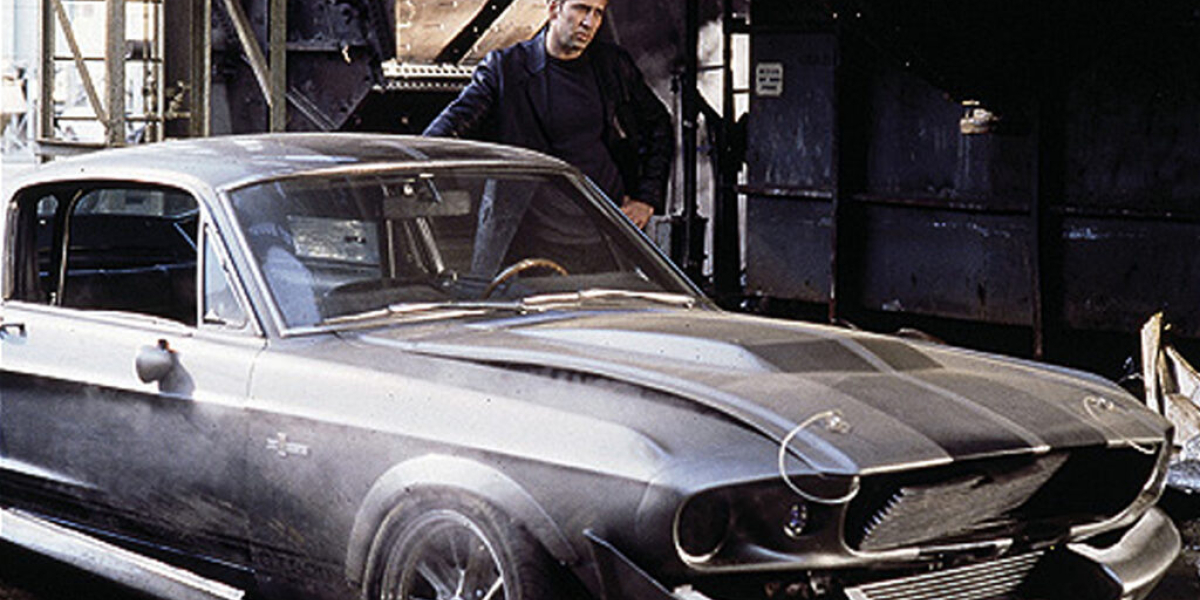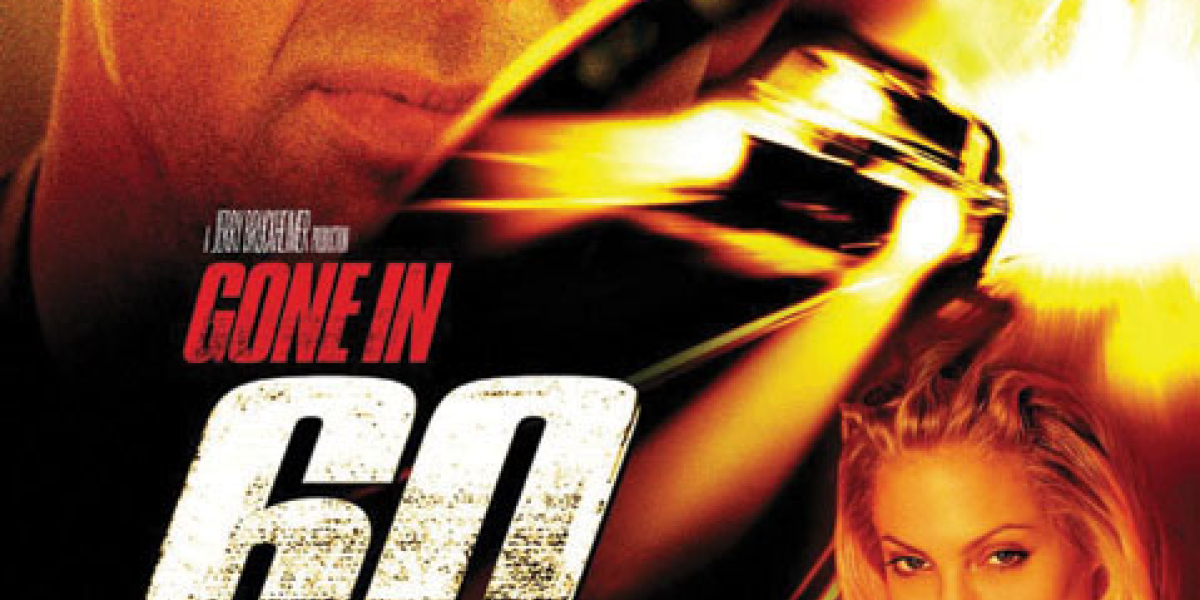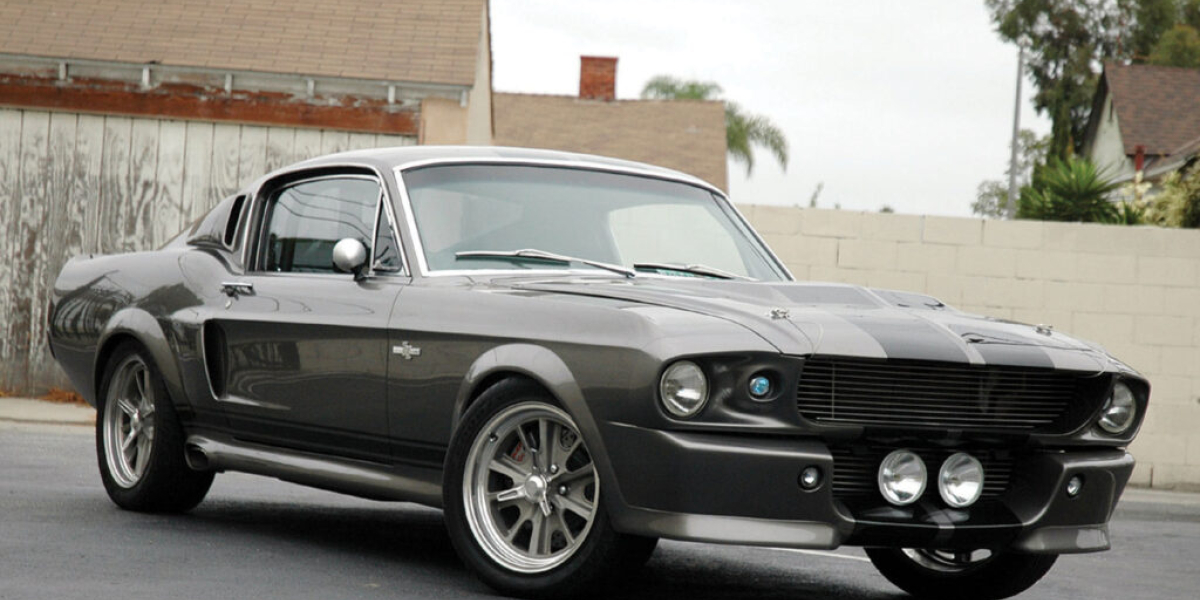Eleanor The Mustang And Her Story
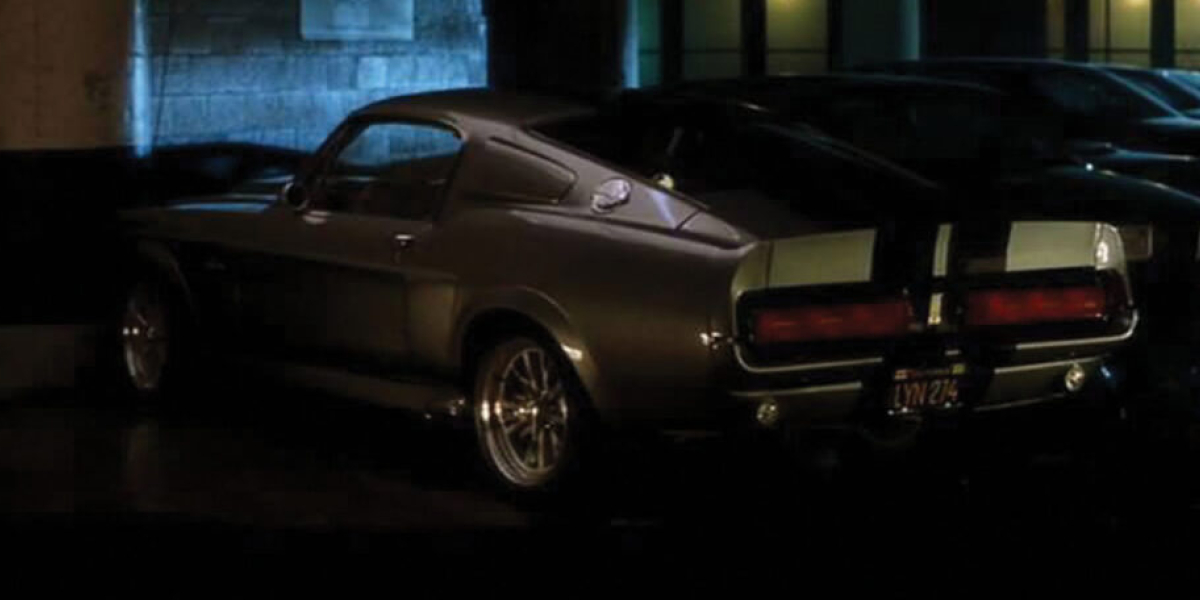
When the movie started production, Eleanor wasnt necessarily going to be a Mustang at all.
The Movie
While the 2000 version of Gone In Sixty Seconds is obviously inspired by 1974s Gone In 60 Seconds, its not really a remake. Although both titles are pronounced the same, technically, theyre not identical because the title of the newer movie spells out the word sixty and the old title uses the number (even though the poster for the new movie uses the number). Thats not bad, though, since (except for the 40-minute chase within its 97-minute running time) the first movie was practically incomprehensible. The major appeal of Gone In 60 Seconds–and it is considerable– is that it is a genuine primitive work of art, says the Los Angeles Times, upon the originals release.
Source: www.mustangmonthly.com
The famous scene from the movie where Nicolas Cage meets Eleanor
Art or not, the idea for the re-make germinated at Disney and wound up in the hands of producer Jerry Bruckheimer. Bruckheimer produced Flashdance (probably not a top pick for the guys in the audience), Top Gun and Days of Thunder, with his late partner, Don Simpson and recent hits such as Armageddon, The Rock, and Con Air, on his own. With a script from Scott Rosenberg, who penned Con Air, Bruckheimer recruited Nicolas Cage to star and TV commercial director Dominic Sena to direct.
Throw in a supporting cast that included Oscar winners Robert Duvall and Angelina Jolie and hopefully, the result would be a hit. The story is similar to the original, a group of car thieves needs to steal 50 cars in a 24- hour period. The makers of the new movie threw in a threat to the life of the lead character, Memphis Raines (Cage) brother, Kip (Giovanni Ribisi), to add some emotional wallop to the film but people were going to see this movie based on the quality of the action. The action would include a big car chase featuring, as in the original movie, a Mustang named Eleanor.
The original drawing of Eleanor by Chip Foose.
Creating Eleanor
When the movie started production, Eleanor wasnt necessarily going to be a Mustang at all. We really wanted to see a GT40 blowing through downtown L.A., flying down the L.A. River, doing all that [expletive deleted], says production designer Jeff Mann. Even for a movie that costs a reported $90 million to make, a fleet of GT40s was prohibitively expensive, so it was back to Mustangs.
Eleven Eleanors were used in the making of the film. This one was pieced together after the movies completion, for photography purposes. Though it looks good, its one used-up 67 Mustang.
We were looking at a 67 GT500. Its a bitchin car, no doubt, continues Mann, but does it really stack up against these other vehicles? This is a pertinent concern in a film that would be overstuffed with Ferraris. In the context of all these other cars, its not necessarily going to be the hottest thing going down the road (That depends on who you are–Ed.). Thats when Jerry kind of opened the doors for me to come up with a variation on it . . . . Building the variation that didnt suck started with famed Hot Rod illustrator Steve Stanford, who drew up an illustration of an over-the-top 67 GT500.
Although its supposed to be the roughest in the film, this Mustang was probably the nicest in real life. It was presented as a gift from Kip’s character in the movie, to his brother Memphis.
Designer Chip Foose was hired by the production company to turn Stanfords work into a reality. Foose fitted the car with PIAA lights in both the nose and rear backup areas. He also prototyped the hood, the front valance, the side skirts, the scoops and other fibreglass parts that would be used for the car. That billet grille is based on aftermarket pieces, originally developed for Chevy Astro vans.
Though its covered in dust, the engine in Kips gift Mustang was the most powerful (a Ford Motorsport 351 crate motor) of all the motors in the other Eleanors.
Foose found the Schmidt 17×8-inch wheels that would be sheathed in P245/40ZR17 Goodyear Eagle F1 tires. Neither the side-exit exhausts nor the C-pillar- mounted fuel fillers (71 Mach fuel doors) were functional on the cars seen in the movie. Why? First, because actually making the side exhausts work is tough, considering how the 67 Mustang is built and second because they didnt need to be functional.
Schmidt wheels, modelled after the magnesium units used on Fords GT40s, were fitted to Gones Mustangs. The 17×8-inch wheels were wrapped in Goodyear Eagle F1 tires.
Once the prototype pieces were completed and the moulds were made, the project moved into the hands of Ray Claridgs Cinema Vehicle Services (CVS), where construction of the actual Eleanors took place.
The interior of the gift Mustang may look wasted but its supposed to look that way. Note that the doorjambs have been painted silver, indicating that they were painted over a paint job, like all the other Eleanors.
Building Eleanor
In all my time in this business, explains Ray Claridge, this was the toughest show. Because of the screen time the Eleanor Mustang would have and the stunts it would be asked to do, several Eleanors would have to be built. The occasional improvisation of the production of the film itself further complicated the issue; script changes were constant and the needs of the filmmakers practically changed daily. Ultimately, there would be 12 Eleanors built for the film, including the prototype that didnt appear in the movie.
For stunt work, some of the cars were fitted with low-capacity, high-safety fuel cells. Note the battery is mounted into a box for better weight distribution.
Construction of the Eleanors started with the CVS staff scouring Southern California want ads, searching for 67 and 68 Mustang fastbacks. The cars CVS acquired ranged from clapped-out machines with leaky 289s to at least one Mustang GT powered by a 390. All the cars in the movie are 67s and none were actual Shelbys.
The area under the phoney fuel cap of each Eleanor was marked for its particular use.The photo car was used for stunt work.
Because certain cars were required to do different things in the course of the film, no two Eleanors were alike. Many of the Eleanors remain in CVS inventory but theyve all been twisted, fiddled with and rebuilt so many times, its hard to determine their original condition when they appeared in the movie. Apparently, CVS didnt take any pangs to catalogue all the cars.
Chip Foose (below left), sculpted Eleanors body in clay on a prototype. Moulds made from this clay were used to cast the fibreglass pieces that would be used on Eleanor in the film.
Some of the cars received Lincoln Versailles rear ends and at least one of the cars was geared for high-speed running along the concrete canals of the Los Angeles River.
All the cars were lowered, but some received a Total Control rack-and-pinion steering system and engine bay bracing. Some of the cars were built to slide around corners, some were built to survive a jump and others were built to be crushed in a junkyard.
All the lights on the Eleanors came from PIAA, including both the headlights and the rear reverse lamps.
Up close, the Eleanors are a mix of sweet design work and expedient engineering. These cars werent built to last a lifetime, to win a car show or to go extremely fast; they were built to look good in a movie and do their particular task well.
Of the 12 Eleanors built, 7 survived the filming to end up back in CVS possession. Two of the cars were destroyed doing the climactic jump on Los Angeles Vincent Thomas Bridge at the end of the film. That jump was done in segments: in the first segment, a car jumped off a ramp and was destroyed during the landing. Another car had a long jump, and it landed in a pile of cushioning boxes. That car, according to stunt coordinator Johnny Martin, actually came out in surprisingly good (though still damaged) condition. Another car was suspended from wires for the portion of the jump between the takeoff and the landing.
This particular car wasnt fitted with rack-and-pinion steering but the electronics for the PIAA lights are visible. By the time the photos were taken, the 390 in this car was tired
A computer-generated Eleanor was used for a few seconds during the jump as well. Finally, another Mustang was destroyed when it jumped off a platform and back down onto the bridges unforgiving tarmac to complete the jump. That car was definitely totalled.
Two more Eleanors were destroyed in the films final scenes when the car is seen being snatched up in a junkyard and put into a crusher. Destroying that many Mustangs seemed like an utter waste of perfectly good cars but its all in a days work for Hollywood.
Although the car is supposed to be a four-speed in the film, most of the actual Eleanors were automatics. Doing stunts or acting is easier when you dont have to manually shift gears.
The best Eleanor of those used in the film actually plays the least pristine of the bunch. CVS was in the process of building an Eleanor with a new Ford Motorsport 351 crate engine and all the best mechanical pieces (Versailles rear end, rack-and-pinion steering) when the production put out a call for a car to play Kips gift to Memphis at the end of the filma ratty Shelby.
Each Eleanor was unique, depending on what it had to do in the film. The Eleanor photographed here had a line lock at one time.
The car that was in the process of becoming the nicest Eleanor of them all, finished in primer, fitted with a derelict front bench seat and mismatched steel wheels, was chosen to play that car. So the nicest Eleanor you see in the film is actually the cruddiest looking.
The Nicest Eleanor of All
Although it didnt appear in the film, the nicest Eleanor of all was built by CVS for producer Bruckheimer. Its an actual 67 Shelby GT500. The side-exit exhausts function and so does the fuel filler in the C-pillar. The engine bay brace from Total Control and the rack-and-pinion system were also installed but the suspension itself wasnt touched. Theres nothing we cant reverse, explained Ray Claridge.
Jerry Bruckheimers personal Eleanor was modified to look like the other Eleanors but was the only bonafide Shelby. The interior of this 13th Eleanor is stock Shelby except for the AutoMeter tach, the LeCarra wheels and the fire extinguisher.
This 13th Eleanor is powered by a 428 with dual quads and was converted from its original automatic to a four-speed by CVS. While the exhaust system hangs low (low enough to be impractical), it makes a sound that rattled the condiments of the kitchen shelves at Bruckheimer Films, when it was started in the facilitys garage. It may not have been used in the film but Bruckheimers Eleanor has the best claim to being the real thing of all the Eleanors.
Bruckheimers Eleanor still has its original 428 in place, with the strut tower bracing added.
Filming Eleanor
While star Nicolas Cage, did a surprising amount of the driving in Gone, the heavy lifting was done by a team of Hollywoods best stunt drivers. Weve had a lot of man days on this show, says stunt coordinator Johnny Martin. Its been nothing but weaving through traffic and dodging cars and we did a lot of chase scenes in the middle of the day, through downtown L.A., so that pretty much causes a lot of traffic.
Though they were once movie stars, parts of the various Eleanors ended up unceremoniously bundled for disposal at CVS. Havent these guys heard of eBay?
Weve had more than 350 guys work in it [the movie]. However, having Cage in the car most of the time, allowed the director to better create the illusion that he was driving all the time.
BKB439 GONE IN 60 SECONDS (2000) NICOLAS CAGE GO60 001 7777

